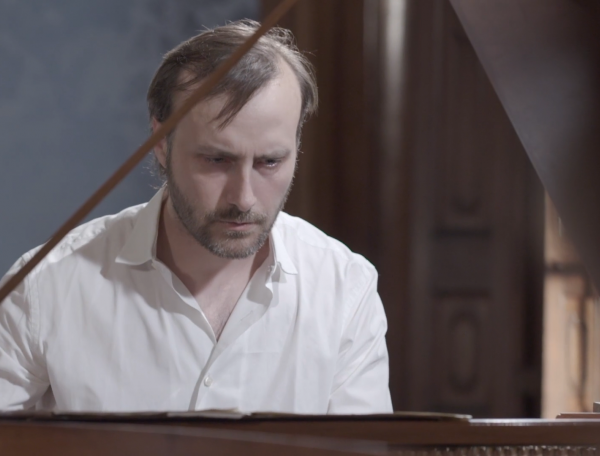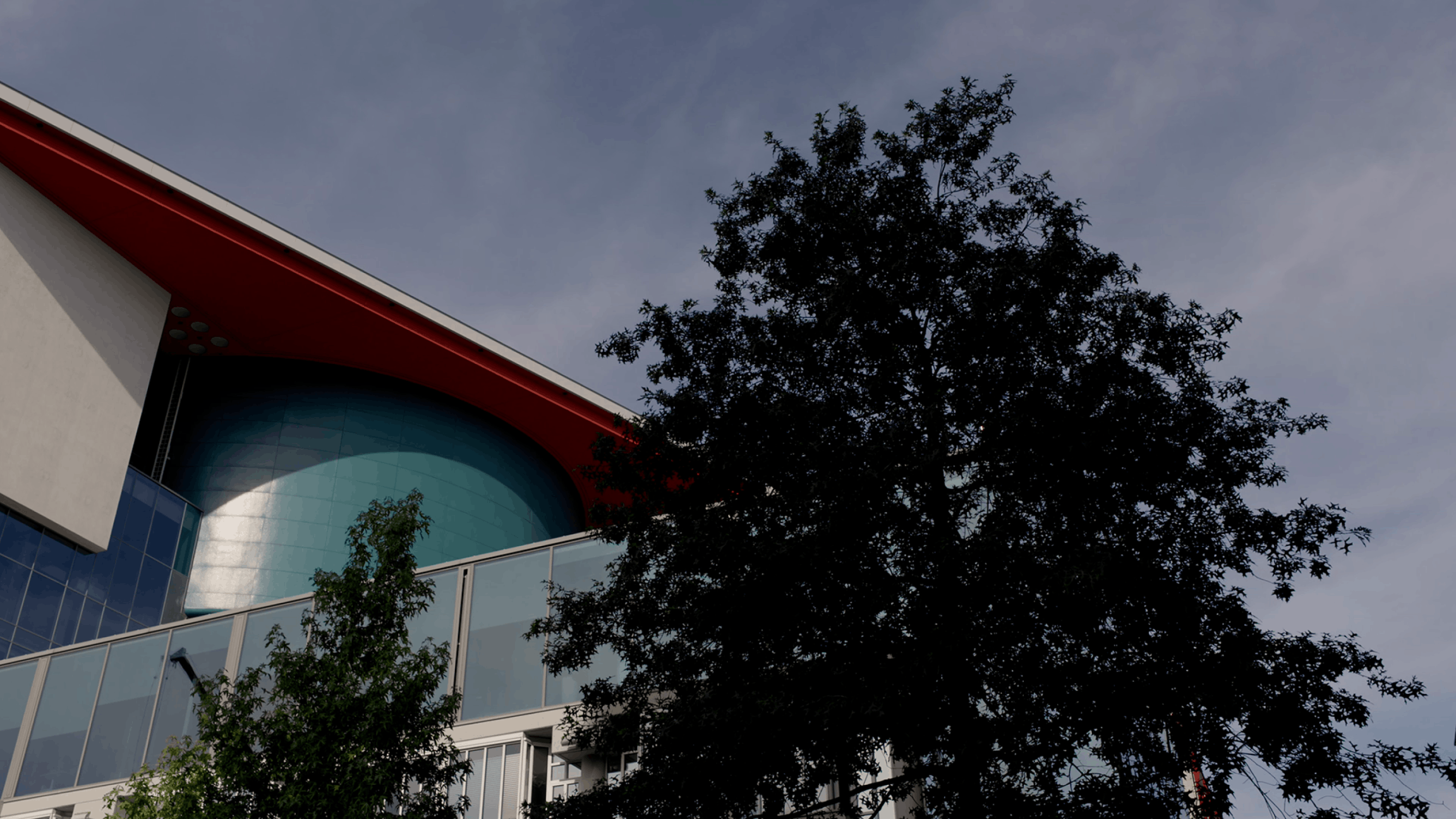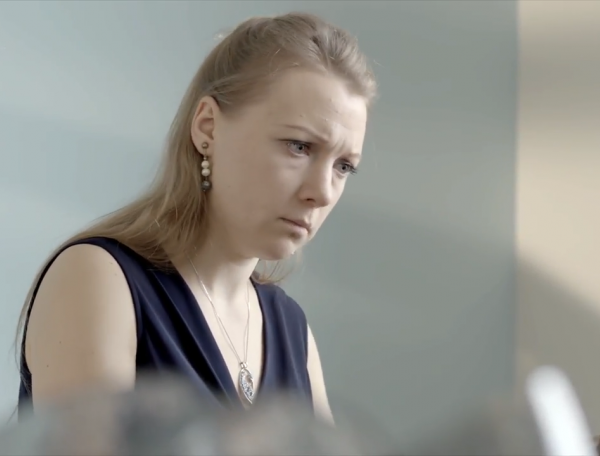

The Well-Tempered Clavier II no. 23 in B major
BWV 892 performed by Christine Schornsheim
TivoliVredenburg, Utrecht
Behind the music
Nothing goes to waste
Bach's themes ring out like a bell
The notes move up and down and against one another in this last but one prelude of the second part of The Well-Tempered Clavier, where the emphasis clearly lies more on texture and variety than on a strict reading of the rules. Already in the first bar, it is striking how many ornaments Bach prescribes. Similarly to his express notation of a tempo, this was something he did only if his musical intentions might not be crystal clear. To his contemporaries, that is, who grew up with the baroque style and all its intricacies – whereas we are still left desperately guessing at times.
The quick semiquavers never pause for breath in the three sections of the prelude. They keep passing the movement on to one another – first predominantly in the right hand, but soon in both hands – in small steps and later even in leaps. The middle section, with its free virtuosity, could easily come from a keyboard concerto.
After so much cheerfulness, the fugue strikes a more serious tone: an equally awkward and clear theme in semitones rings through the parts like a bell. The first answer rhythmically fills in the ‘gaps’ in the solemn theme, but after just five entrances Bach gives up on this technique and switches to a more flowing countertheme.The capers in the theme, a virtual garantee of harmonic clashes, are plausibly combined with this counterpoint. Then, to give the ears a rest in this complex puzzle, comes a musical interlude for some really free scope. While the soprano, alto and tenor seize on this interlude to explore the higher regions of the keyboard, the bass lets the opportunity pass, but then opens the final phase with a grand entrance on the fundamental. Twice, just before the ending, the music hangs tensely on a ‘faltering’ motif, which had arisen discreetly at the start, but had got rather swamped there in the general profusion. As is always the case with Bach: nothing goes to waste!
WTC II
We recorded Bach’s first book of Preludes and Fugues in all the keys at the homes of 24 different musicians. For this second part, performed in its entirety by Christine Schornsheim, we chose 12 very different locations in Utrecht, to celebrate the 900th anniversary of our home city.
Das Wohltemperirte Clavier, BWV 846-893
Composing 48 keyboard pieces in all 24 keys was the sort of challenge Bach enjoyed. In each of the two parts of the Wohltemperirte Clavier, he brought together the musical couple prelude and fugue 24 times; twelve in minor keys and twelve in major. In the preludes, he gave free rein to his imagination, and demonstrated mathematical tours de force in the fugues. In contrast to the iron discipline Bach had to apply to his church compositions, here he could abandon himself to intellectual Spielerei without worrying about deadlines.
The first part of the Wohltemperirte Clavier dates from 1722, although it contains some music that was written in the preceding five years. There is less clarity about the history of part two. Bach compiled this second manuscript only around 1740, although once again some of the preludes and fugues it contains date from a much earlier period. Bach described the target group for this collection of pieces as follows: ‘Zum Nutzen und Gebrauch der Lehr-begierigen Musicalischen Jugend, als auch dere in diesem studio schon habil seyenden besonderem ZeitVertreib’ (For both the education of the industrious musical youngster and the enjoyment of those well-versed in this material’).
- BWV
- 892
- Title
- Prelude and fugue in B major
- Epithet
- no. 23 from the Well-Tempered Clavier II
- Instrument
- harpsichord
- Genre
- harpsichord works
- Serie
- Das Wohltemperirte Clavier II
- Year
- 1741
- City
- Leipzig
Extra videos
Vocal texts
Original
Translation
Credits
-
- Release date
- 15 May 2023
-
- Recording date
- 25 September 2022
-
- Location
- Fundatie van Renswoude
-
- Harpsichordist
- Christine Schornsheim
-
- Harpsichord
- Bruce Kennedy, 1989 after Michael Mietke
-
- Director, camera and lights
- Gijs Besseling
-
- Music recording
- Guido Tichelman, Pim van der Lee
-
- Music edit and mix
- Guido Tichelman
-
- Camera, lights
- David Koster
-
- Data handling
- Marieke de Blaay
-
- Producer
- Marieke de Blaay
Discover
Help us to complete All of Bach
There are still many recordings to be made before the whole of Bach’s oeuvre is online. And we can’t complete the task without the financial support of our patrons. Please help us to complete the musical heritage of Bach, by supporting us with a donation!

